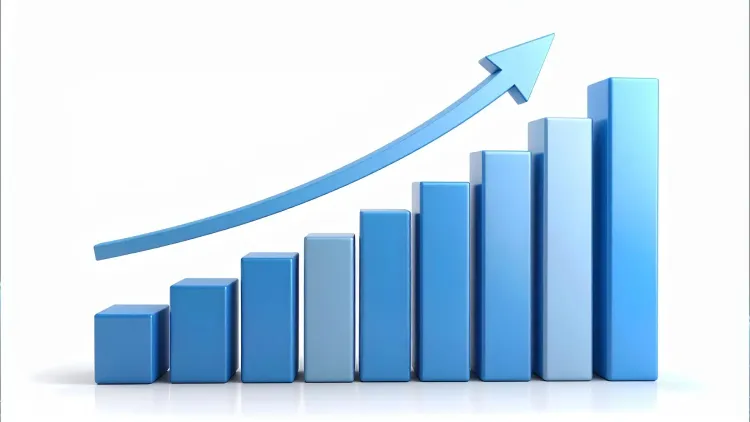Will the Next 3 Months Be Buoyant for the Industry Due to GST Rate Cuts?

Synopsis
Key Takeaways
- GST cuts are set to enhance industry demand.
- October to December may see increased economic activity.
- Manufacturing and electricity sectors are improving.
- Infrastructure growth remains robust due to government spending.
- Durable goods are showing a revival in demand.
New Delhi, Oct 29 (NationPress) The upcoming three months are expected to be significantly more buoyant for the industry, as the recent GST reductions are projected to enhance demand, ultimately leading to increased activity, according to a fresh report by the Bank of Baroda (BoB) released on Wednesday.
The implementation of GST reforms, coinciding with the festive season, is anticipated to elevate consumption demand in the short term. This surge is likely to counterbalance the existing uncertainties surrounding trade negotiations, the report noted.
The Index of Industrial Production (IIP) saw an uptick to 4 percent growth in September, compared to a 3.2 percent growth in September of the previous year.
Manufacturing and electricity generation showed marked improvement, whereas mining output declined during the same timeframe, partly due to rainfall. Within the manufacturing sector, categories such as computers, basic metals, and electronics experienced accelerated growth.
“The growth in the infrastructure and consumer durable sectors excelled in September. The GST rationalization, early festive season, along with reduced inflation, indicate a strengthening domestic economy, despite ongoing global uncertainties,” stated Jahnavi Prabhakar, Economist at Bank of Baroda.
The ongoing reforms demonstrate the resilience of the economy, as these indicators are expected to enhance production and sustain growth momentum in the second half of FY26, Prabhakar added.
Among manufacturing sectors, 10 out of 23 sub-sectors exhibited a faster growth rate this year compared to last year, including computers, electronics, basic metals, electrical equipment, wood products, and motor vehicles.
In terms of use-based classification, infrastructure and construction goods continued to show robust growth, supported by the government’s persistent capital expenditure push.
The use-based classification reveals a revival in durable goods, which grew by 10.2 percent over a relatively stable base of 6.3 percent last year. This increase results from companies ramping up production in anticipation of the festival season following the GST reforms. The same trend applies to vehicles, according to the report.









